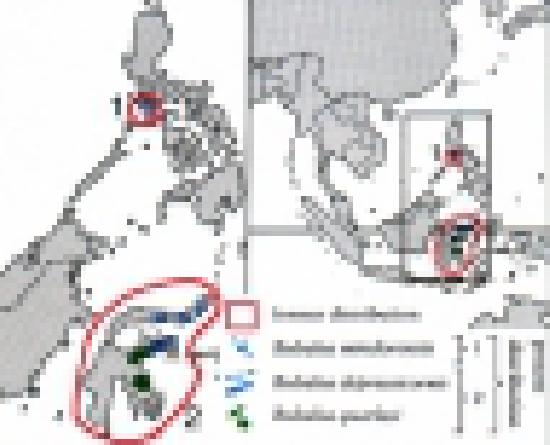English: Tamarau or Tamaraw; French: Tamarau; Philippine: Tamarao, Cimmaron, Carabao, Cabao, Tanarau.
Former distribution: Mindoro, Philippines.
Present distribution: Restricted only to Mt. Iglet, Mt. Baco, Mt. Calavita and Sablayon.
Behaviour: Preferred habitat: dense forests, bamboo thickets, reed and open grasslands with water in the vicinity; monogamous; active at night. They feed predominantly on waterplants and cane shoots. Predators include wild dogs.
Population status: Endangered. Estimated numbers: About 200.
Brief notes:
Body weight: 300 kg
Head and body length: 150-180 cm
Tail length: 20-30 cm
Shoulder height: 100-110 cm
Gestation period: 276-315 days
Maximum age: Up to 20 years
Trophy: Record RWs: 16 1/2″, 1933 U.S. National Museum; average 13″.
Hunting methods: Protected by law.
Remarks: Reserves have been established and populations are increasing slightly: reasons for their decline were habitat destruction due to deforestation, and hunting pressure.
There is still controversy between different authors as to whether the Tamarau is a distinct species, Bubalus mindorensis, or if it belongs to Anoa anoa.
